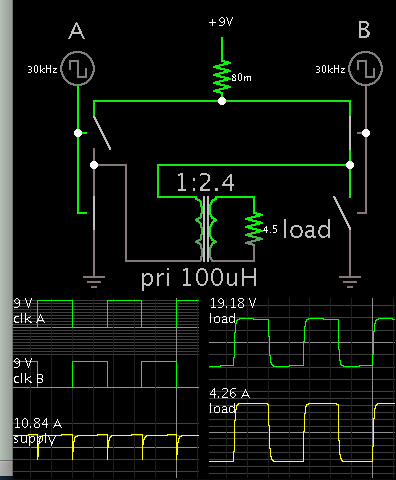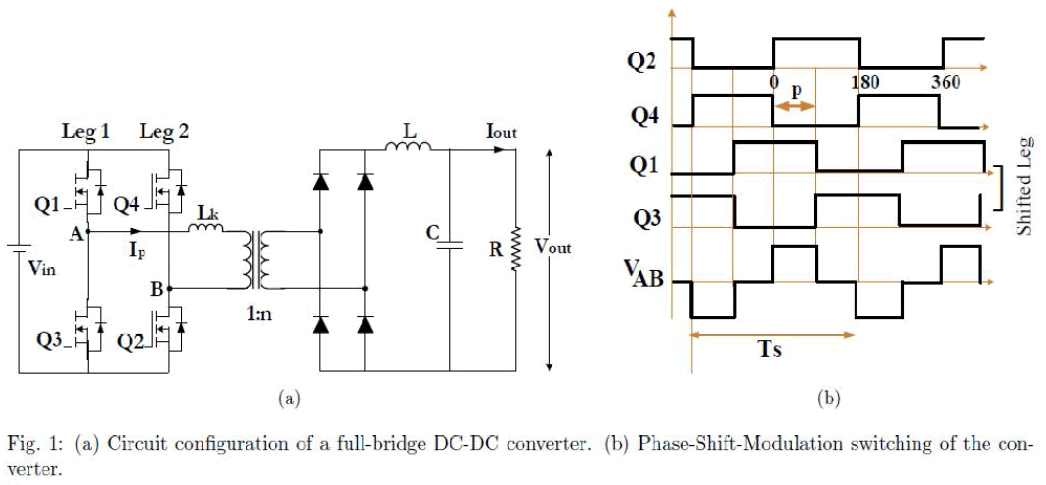max.wangxin.sh
Junior Member level 3
- Joined
- Sep 9, 2016
- Messages
- 25
- Helped
- 2
- Reputation
- 4
- Reaction score
- 2
- Trophy points
- 3
- Location
- Shanghai, China
- Activity points
- 170
I was asked to design the converter for auto application. It still has rough requirements on the whole size and EMC performance. Anyway it seems hard to decide the main topology at first. Its input range is wide and output power is not low. I do not know for sure the flyback is the best. would you please share any guidance?

